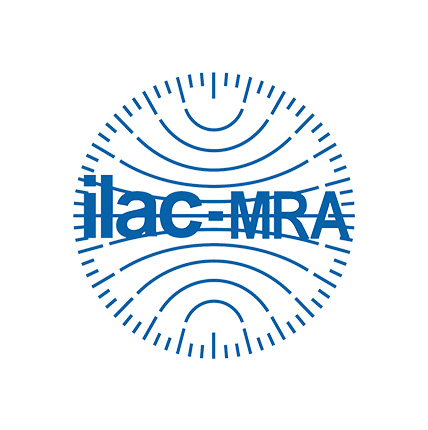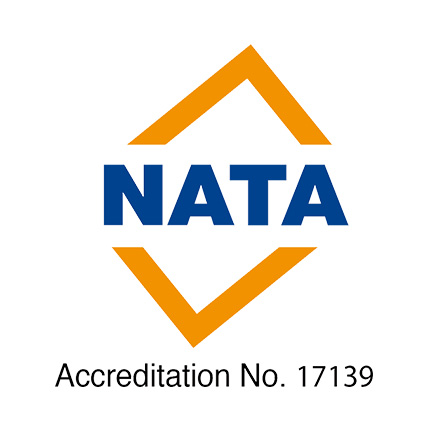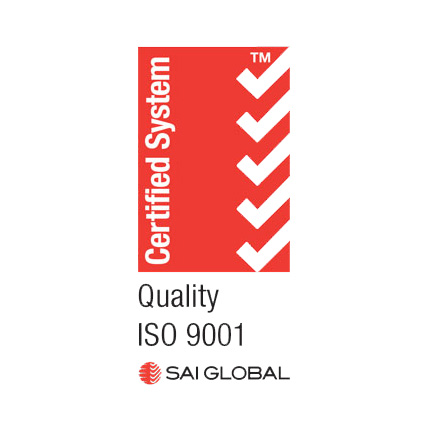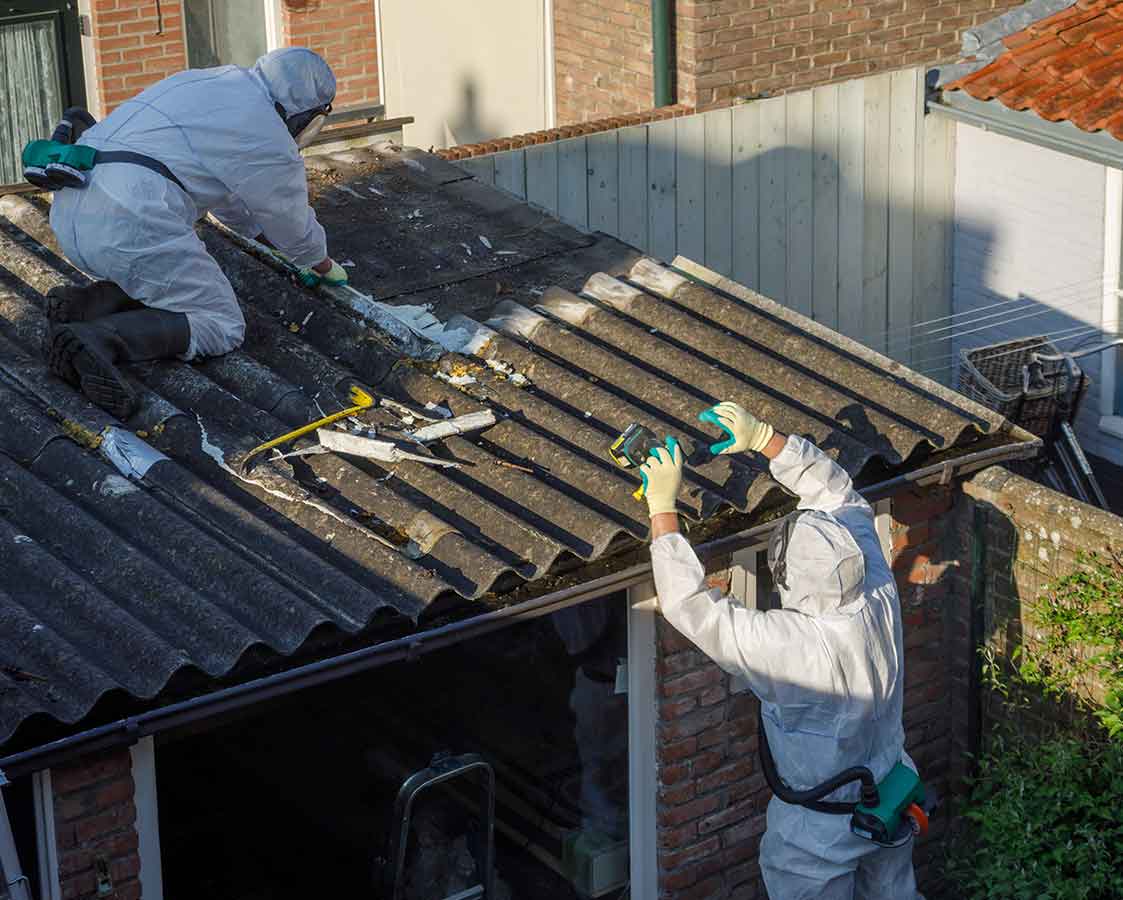Removed Asbestos? You need an Asbestos Clearance Inspection
With the introduction of the recent Safe Work Australia model Workplace Health and Safety regulations, an Asbestos Clearance Inspection is required after the removal of friable and non-friable (bonded) asbestos.
Asbestos clearance certificates are provided by an independent occupational hygienist or licenced asbestos assessor after the asbestos removalist have completed their work. This is to ensure that the area is visually free of Asbestos Containing Materials (ACM) and that it is unlikely there will be asbestos fibres in the air.
The asbestos clearance inspection may include the following verification methods to ensure that the area is relatively asbestos free. These methods include:
- Visual clearance inspection
- Asbestos air monitoring.
The clearance certificate will then be provided once clearance air monitoring results are below 0.01 f/ml and/or there are no visual clues that asbestos remains.
How are Visual Asbestos Clearance Inspections Conducted?
For Bonded (Non-Friable) asbestos, an asbestos clearance inspection is required to at the end of the asbestos removal process. The assessment is conducted to ensure that the area is visibly free of asbestos containing material (ACM), dust or debris that are likely to be of a health concern. The asbestos inspection includes areas other than the asbestos removal area such as decontamination areas, transit routes to the skip bin and surrounding the waste storage areas.
The asbestos clearance inspection may be conducted by a competent person who is independent of the asbestos removal contractor. While the competent person undertaking the asbestos inspection may not be required to be licensed for a bonded asbestos clearance. We recommend that the company you engage are accredited by the National Association of Testing Authorities (NATA) for providing Asbestos Clearance Certificates.
When is Air Monitoring Required for Asbestos Clearance Inspections?
Clearance air monitoring is required for all friable asbestos removal work. For Non-Friable (bonded) asbestos removal clearance air monitoring is not required; however asbestos air monitoring may be helpful to alleviate concerns in public and residential areas.
When asbestos air monitoring is required as part of the clearance, it is required to be conducted:
- During the asbestos removal process
- Before the asbestos enclosure is taken down; and
- After asbestos enclosure or bubble has been taken down.
An asbestos clearance inspection of the internal surfaces of the enclosure is required prior to it being dismantled to minimise release of settled dust within the enclosure . A further asbestos clearance inspection is required after being fully dismantled as there may be residue from underneath battens that held up the enclosure. .
For friable asbestos removal in many states, an asbestos clearance inspection can only be conducted by a licenced asbestos assessor.
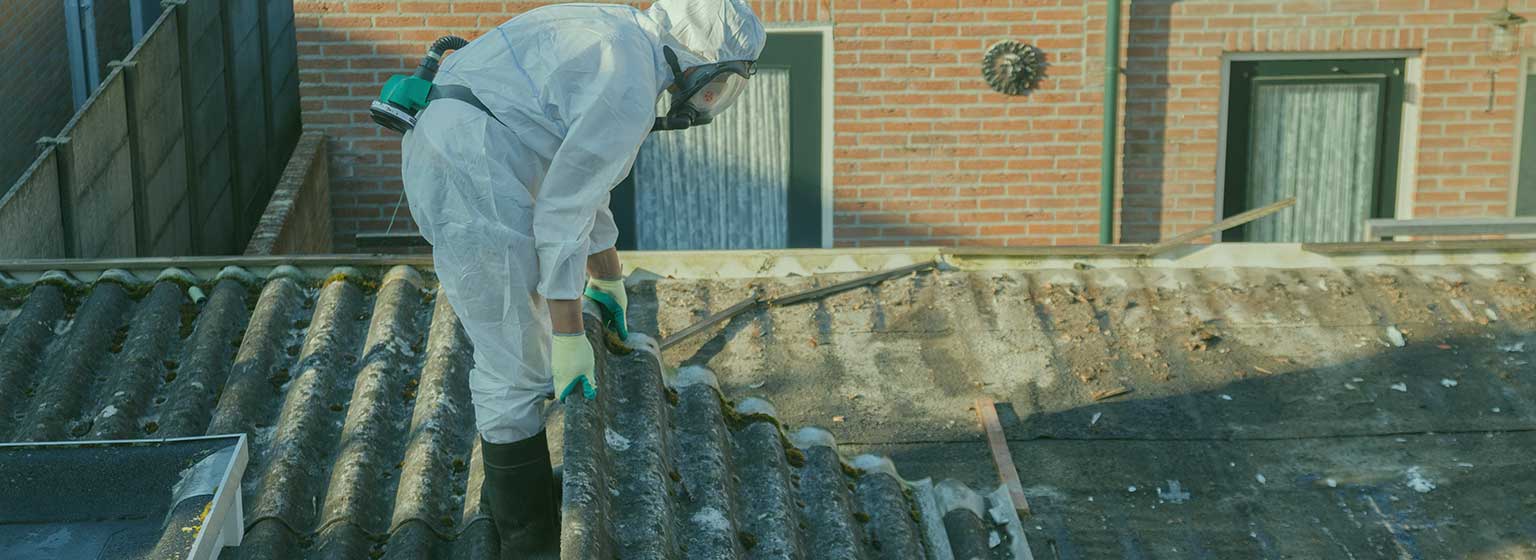
When is the Asbestos Clearance Certificate Issued?
An Asbestos Clearance Certificate can then be issued upon satisfactory visual inspection and asbestos air monitoring (if required and that the airborne concentration was measured to be < 0.01 asbestos fibres/ml.). People may enter the asbestos removal area only after an Asbestos Clearance Certificate has been issued by the occupational hygienist or asbestos assessor.
In many instances local councils require asbestos clearance inspections by an occupational hygienist or qualified asbestos assessor. The accompanying asbestos clearance certificate is to provide evidence that the site is safe to nearby residents and the public as part of councils development consent or as a condition of the construction certificate.
Be absolutely assured. Safe Environments is NATA accredited for asbestos Inspections and preparing asbestos management plans.
